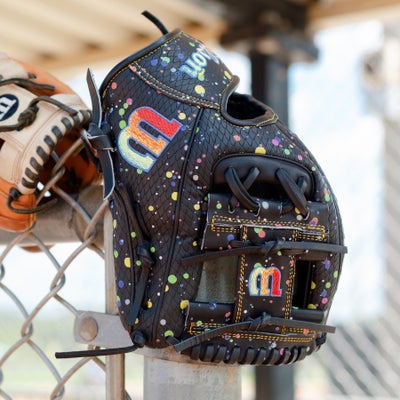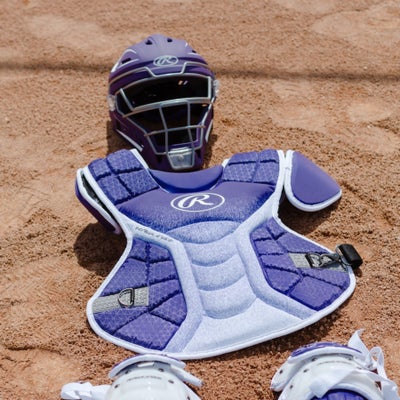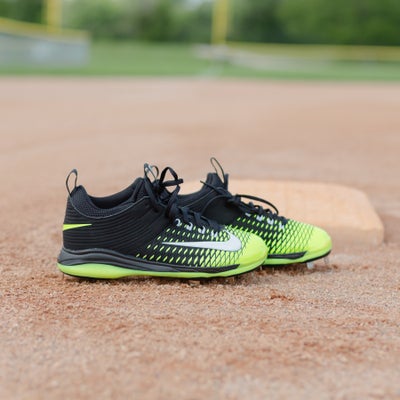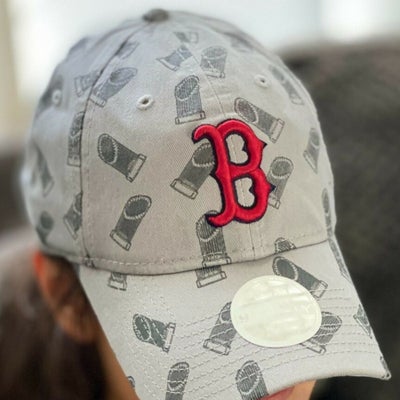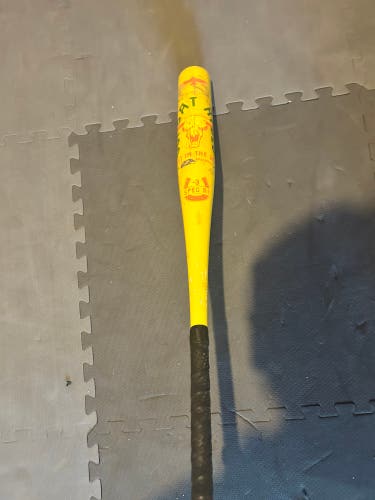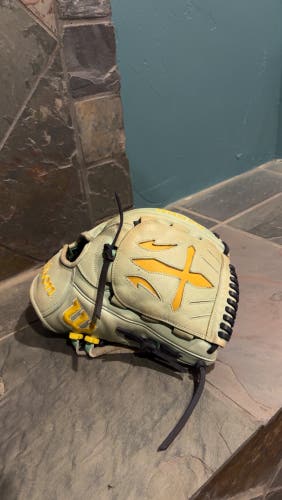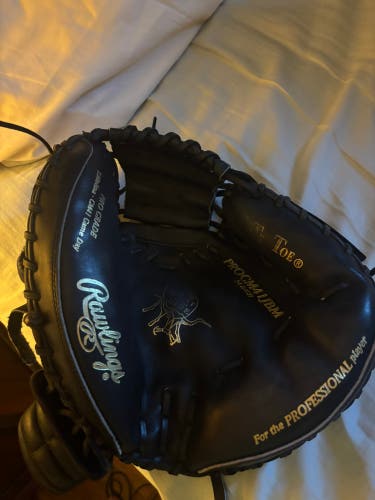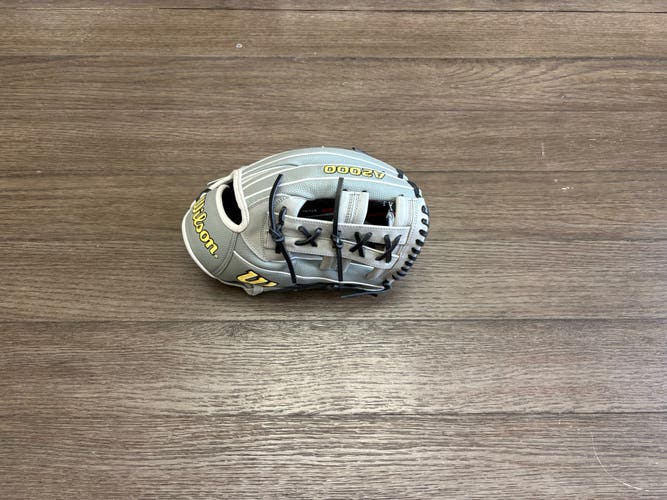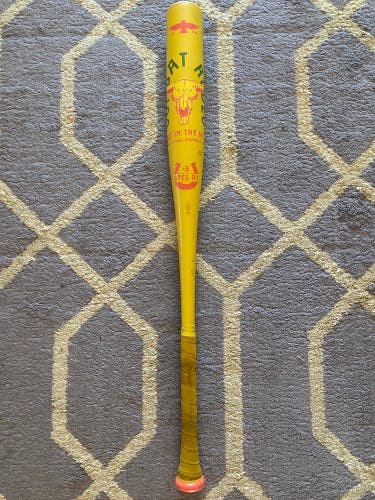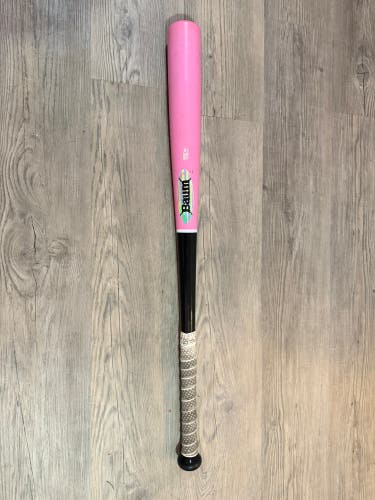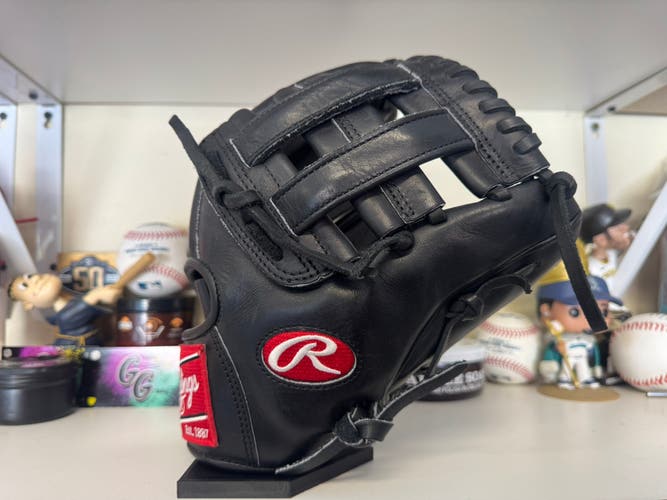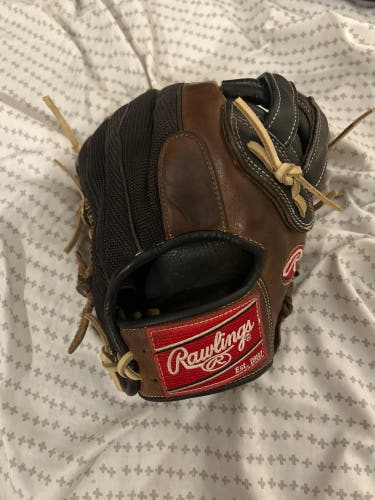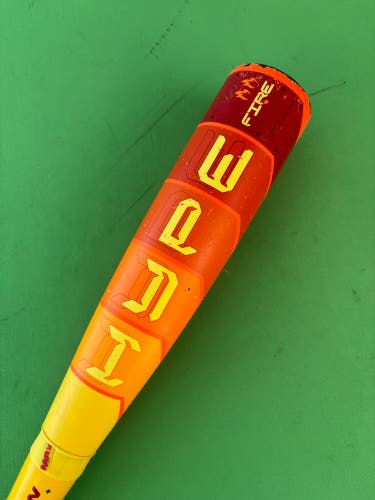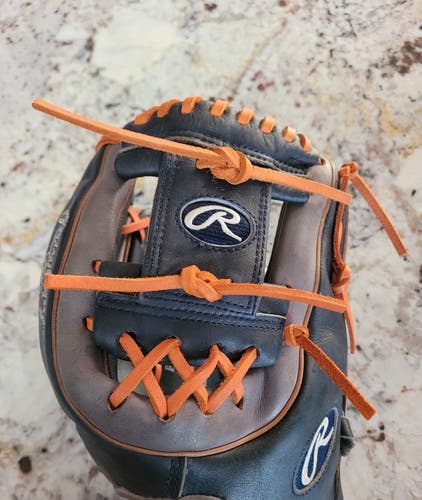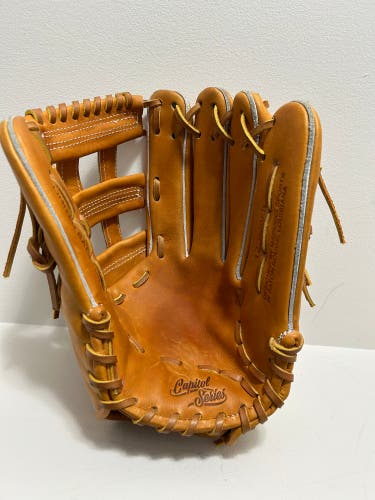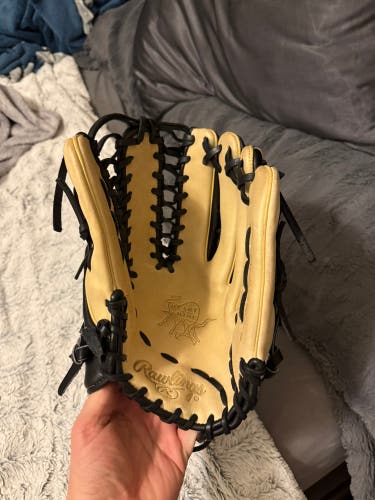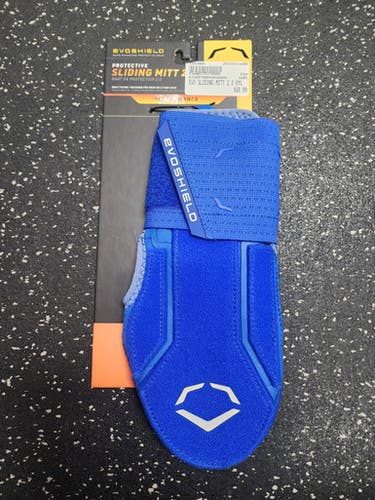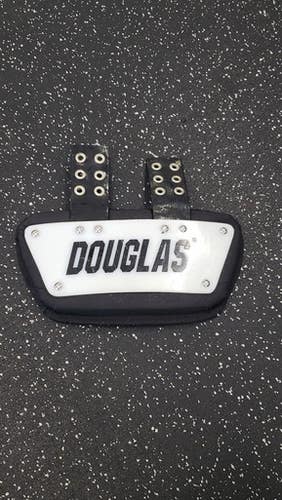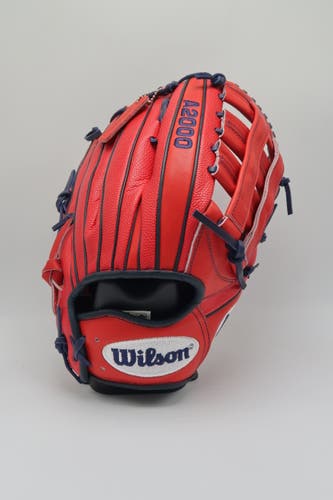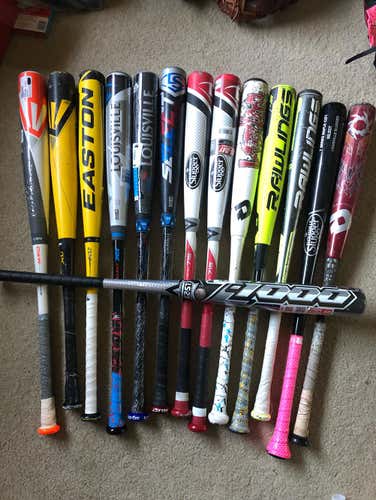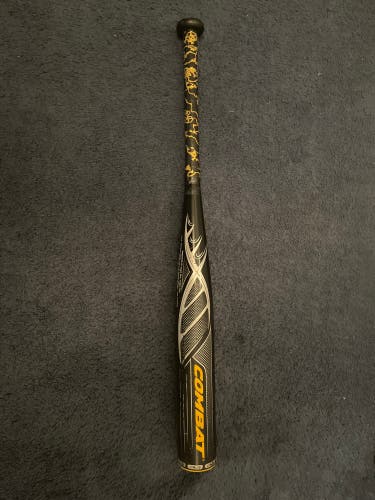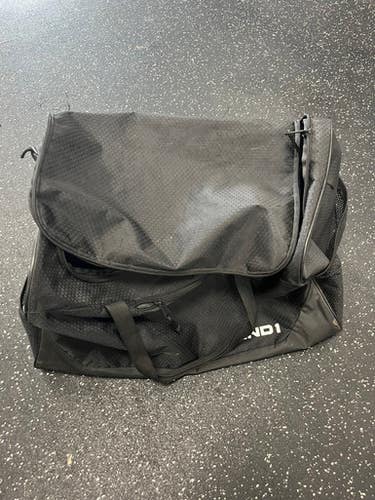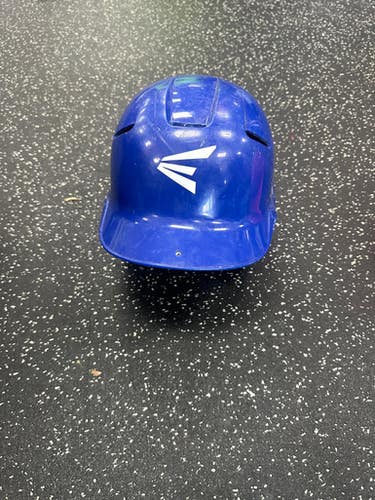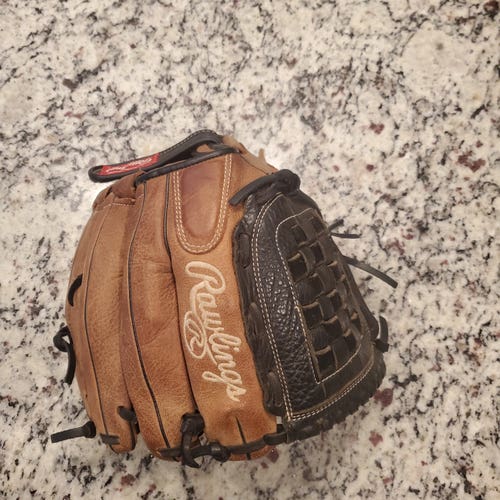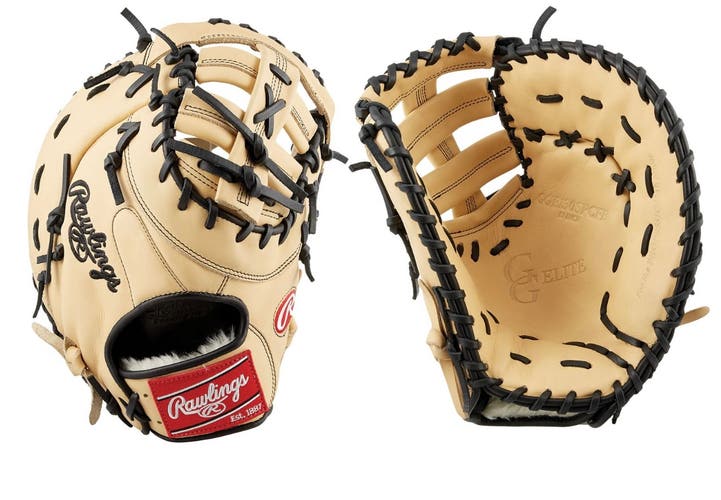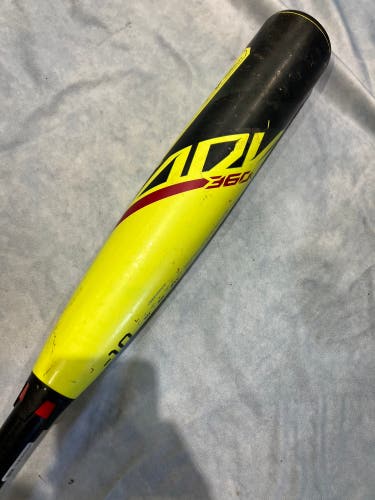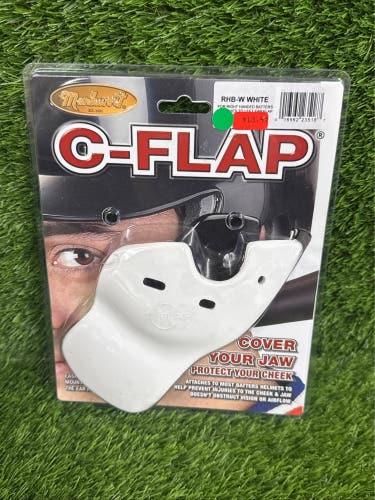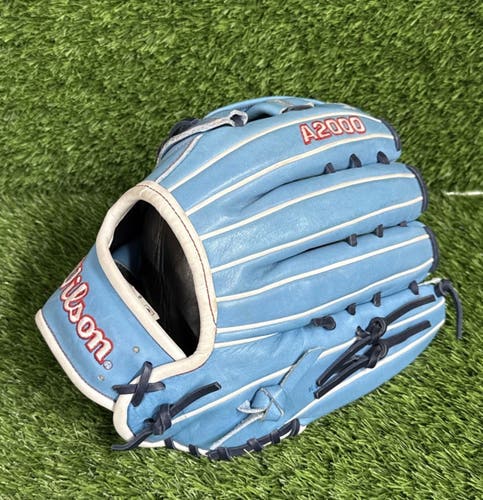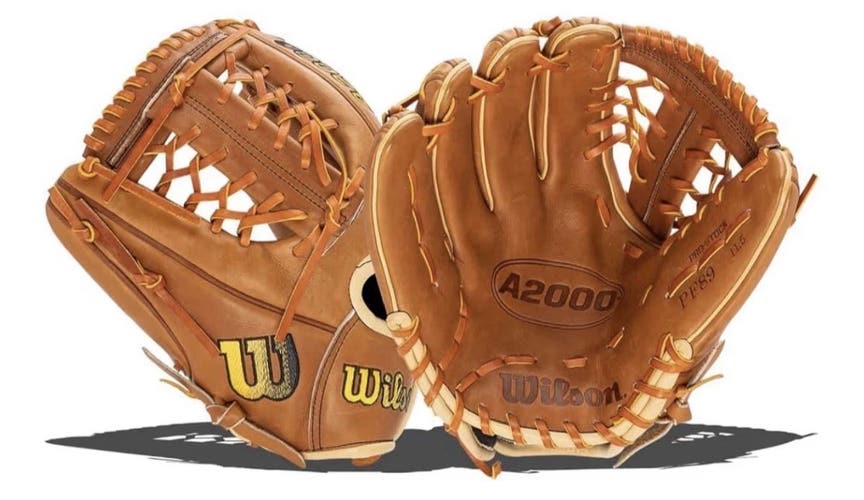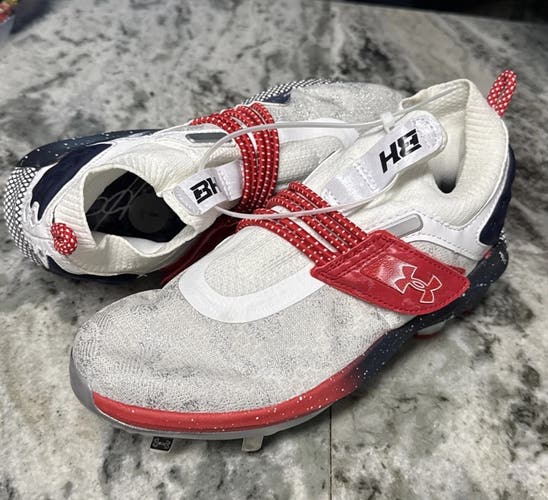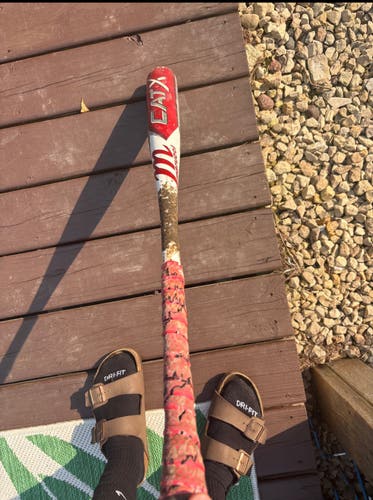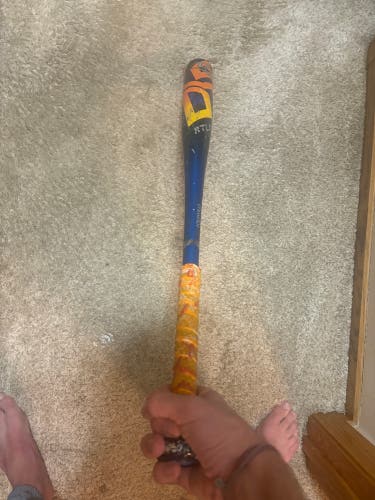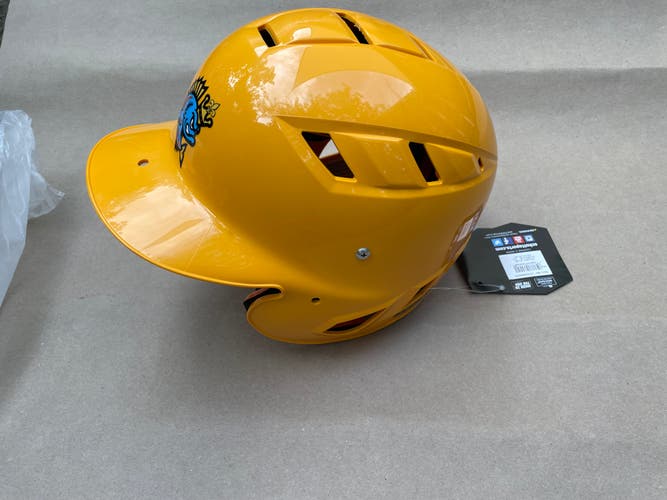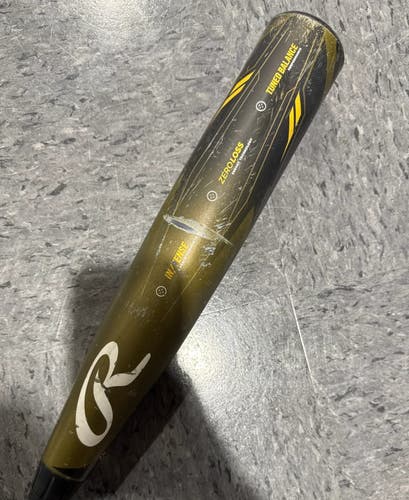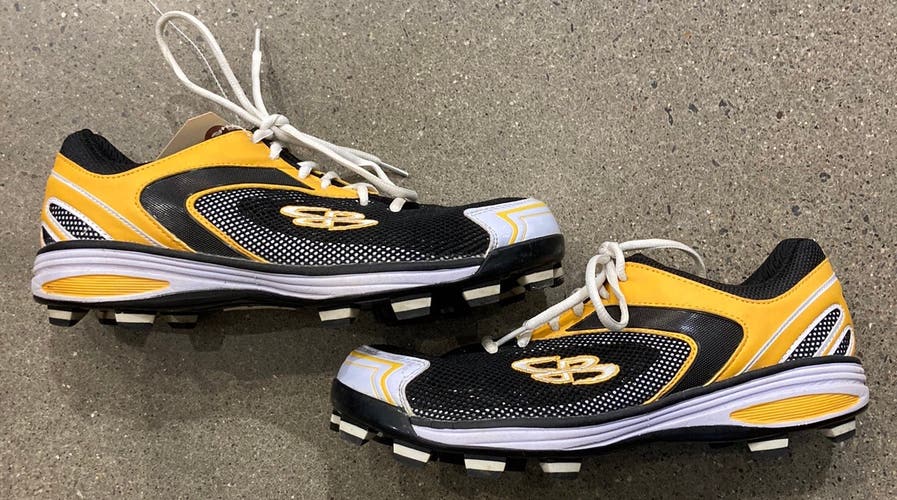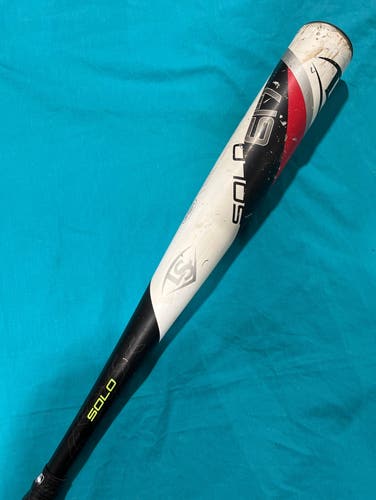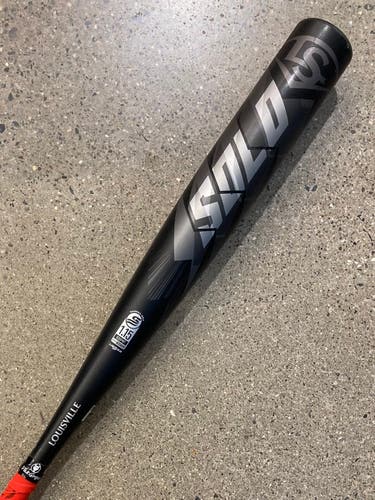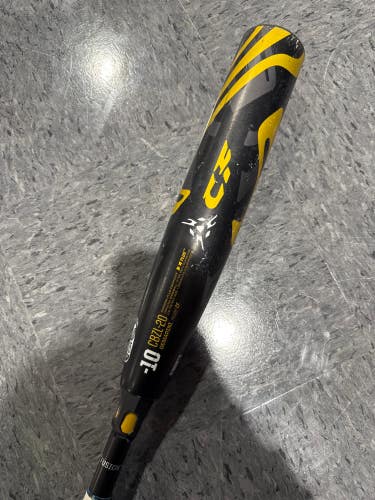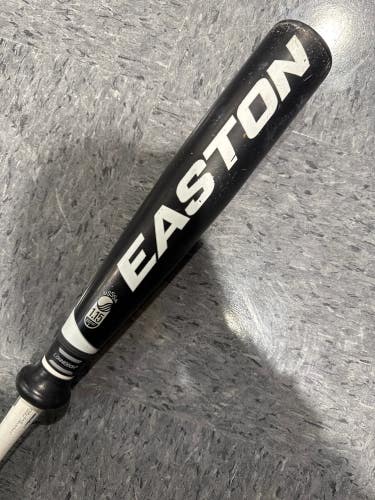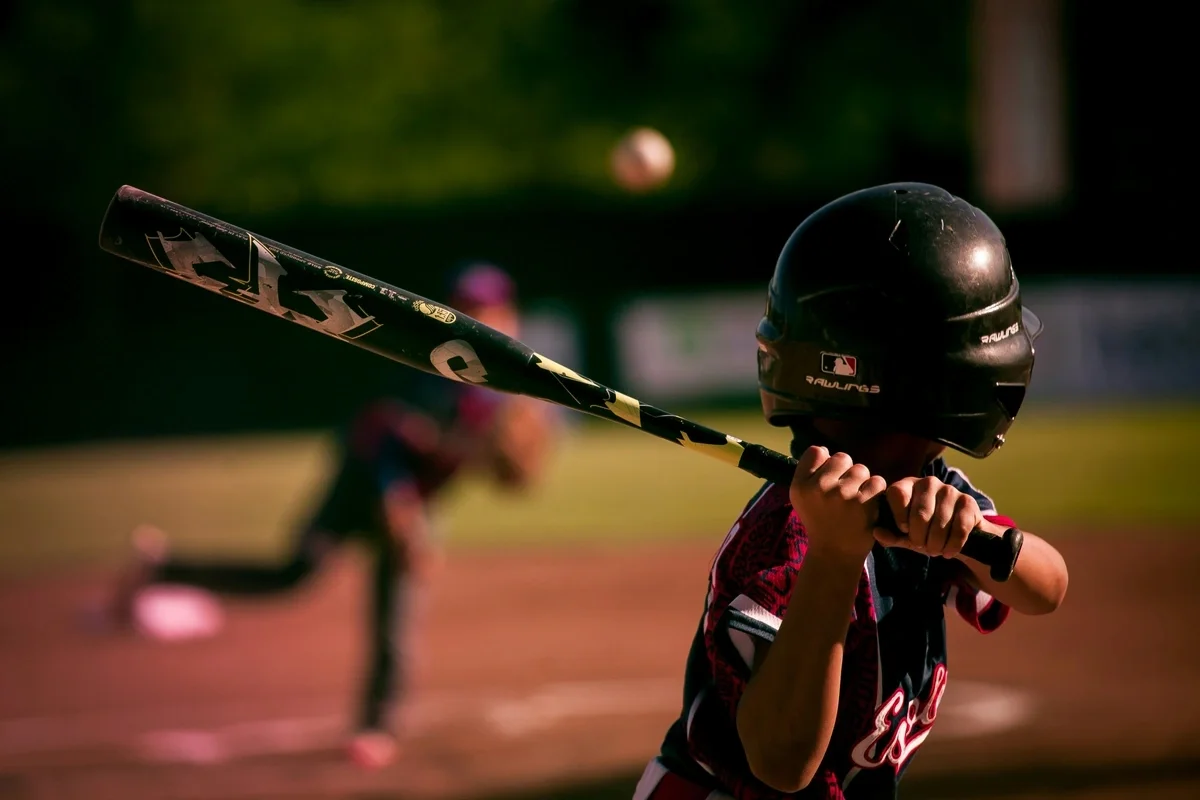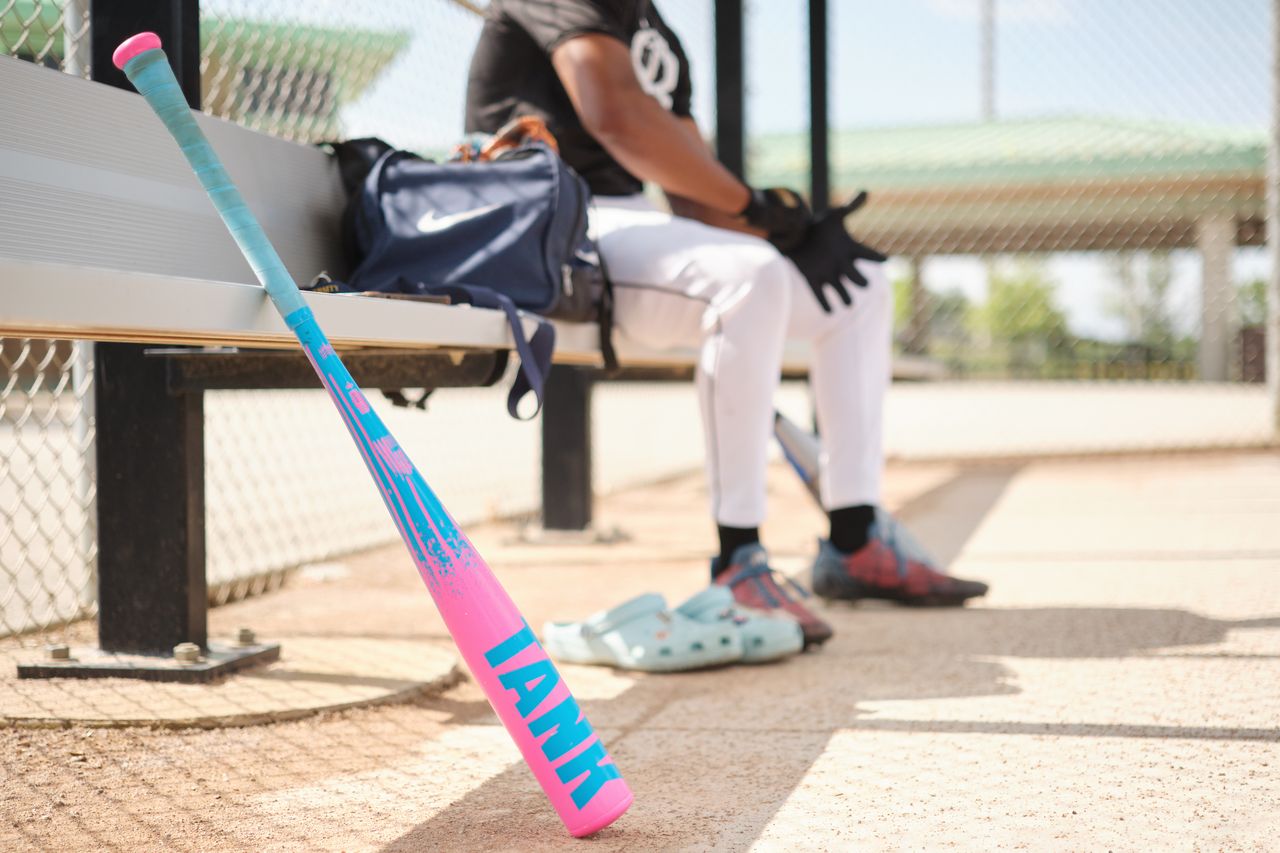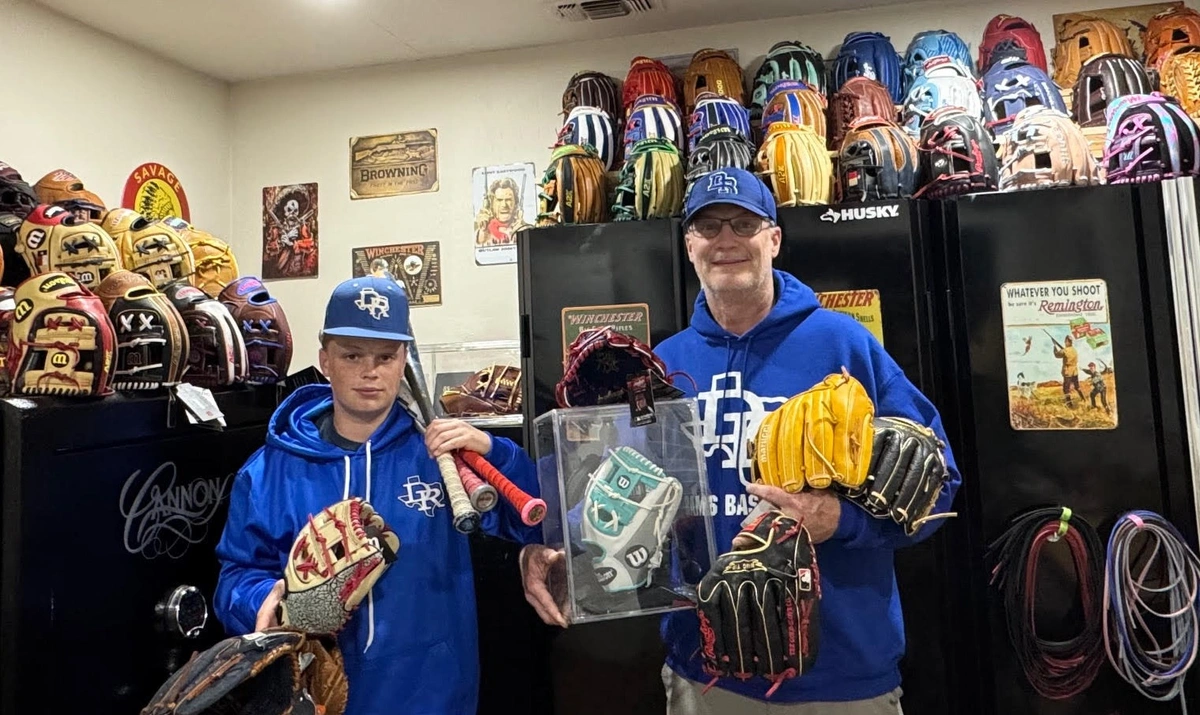Baseball Bats
The first thing to consider when shopping for a baseball bat is the bat's certification. Different leagues have specific standards. USA baseball bats are designed for youth players and have lower performance thresholds for safety. In contrast, USSSA baseball bats typically offer a higher performance and a more significant “pop” on the ball. BBCOR baseball bats are used in high school and college play and engineered to mimic wood's performance while maintaining safety standards.
To properly size a baseball bat, focus on length and drop.
The drop is the difference between the bat's length in inches and its weight in ounces. For younger players, a lighter drop (e.g., -10 or -12) allows for quicker swings. Older, stronger players use a lower drop (e.g., -3) for more power and control. High school and college leagues often require a -3 drop to comply with regulations.
| Category | Length (inches) | Drop Weight | Ideal For | |
| Youth baseball bats | 26-30" | -10 to -12 | Younger players needing faster swing speeds. | |
| Adult baseball bats | 31-34" | -5 to -10 | Older players seeking balance between power and control. | |
| High School/College baseball bats | 31-34" | -3 | Advanced players requiring more power and control |
Materials and barrel construction also impact a bat’s performance. Composite baseball bats are made from carbon fiber and provide a lighter, more balanced feel, as well as a larger sweet spot. Aluminum or alloy baseball bats are more durable and have a stiffer feel, making them ideal for power hitters. Hybrid baseball bats combine composite handles with alloy barrels, delivering a blend of power and vibration reduction. The barrel size also matters; larger barrels (2 5/8 inches or 2 3/4 inches) offer more hitting surface, benefiting younger or less experienced players.
Shop popular baseball bats including Easton baseball bats, Marucci baseball bats, DeMarini baseball bats, Louisville Slugger baseball bats, and Rawlings baseball bats. For players seeking budget-friendly options, Combat baseball bats offer excellent performance without the hefty price tag.
Thinking about selling a baseball bat on SidelineSwap? Discover how to ship a baseball bat the right way and find the perfect baseball bat shipping box to keep your gear secure during transit.

